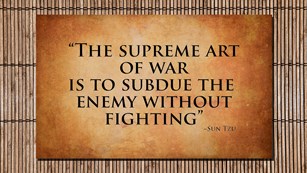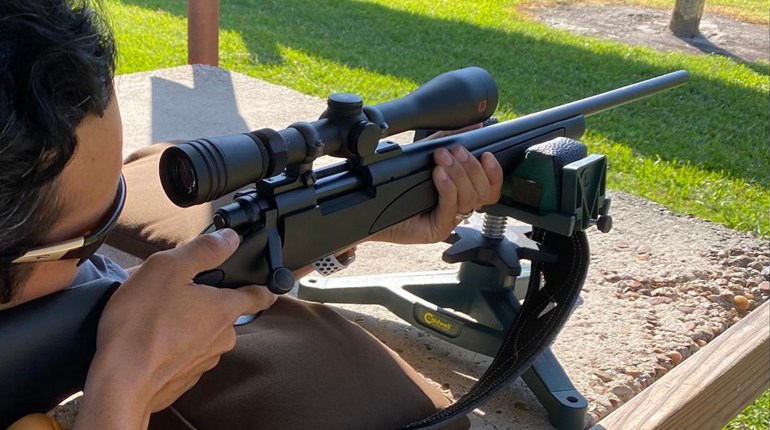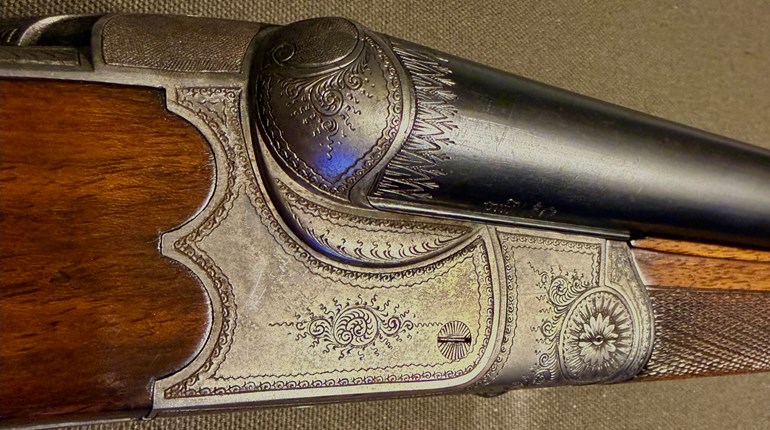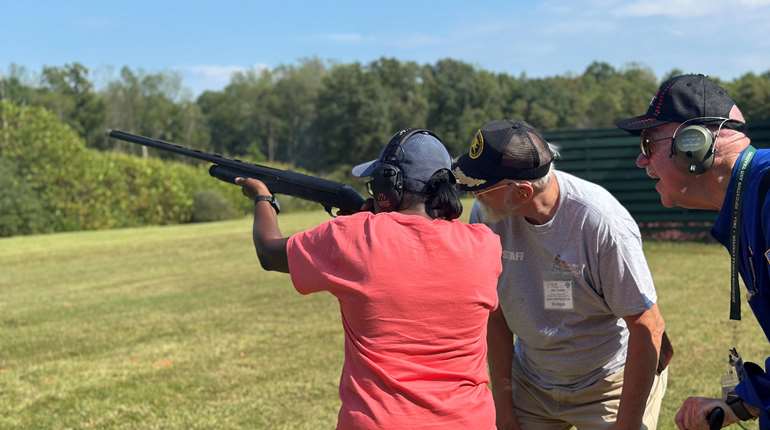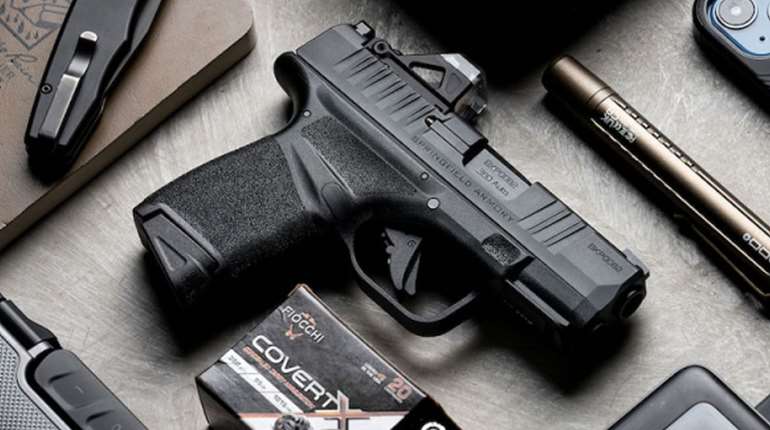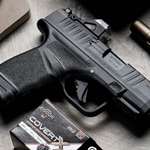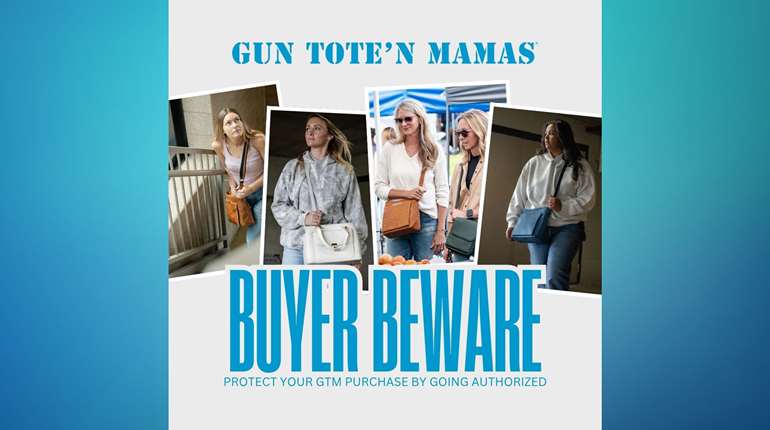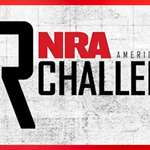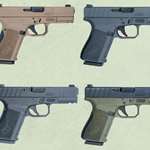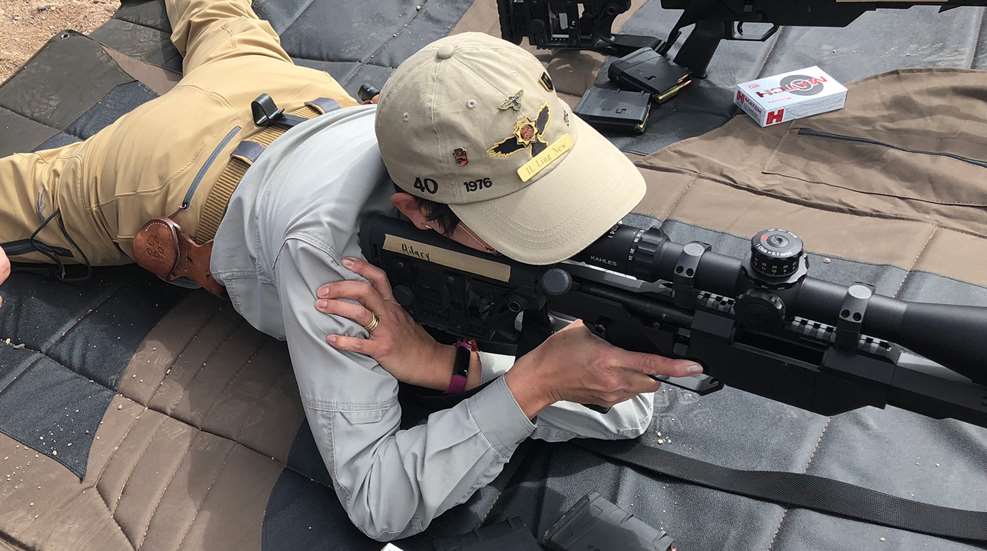
It seems that we now live in a world of acronyms. In the past you could get by with a good Webster’s dictionary and a Thesaurus. Many of us remember the days in high school or college when we had to complete the dreaded term paper. We had to physically go to the library to do our research. Remember sorting through the mountain of scientific studies, research and peer reviews?
Who would have ever thought that you could do all that now on a phone, that not only doubles as a computer but also fits in your pocket! As our life gets easier, we have all become spoiled when it comes to research and communications. A technological type of shorthand is developing right before our eyes. In the past, written documents, papers or articles would have the acronym in parentheses after the formal phrase was spelled out such as National Rifle Association (NRA). Now when we read technical or information articles there are stand-alone acronyms because the author assumes (something you should never do) that the audience knows what you are talking about. I have also seen acronyms listed and the meaning in parathesis behind the letters.
Texting and messaging are now the primary ways we communicate. Texting has now given birth to a whole new language of acronyms. This ease of written communication is now spilling over into our verbal communications. I have had young students in my NRA firearms training course in their 20s who even incorporate acronyms such as LOL (laugh out loud) and BTW (by the way) in their normal verbal communications.
Technical ballistic information regarding bullets is no different. Acronyms are now part of the firearms and ammunition world. Many times this shorthand is not defined with, once again, the writer assuming everyone knows the meanings of the string of letters on paper.
MOA (Minutes of Angle)
Minutes of angle is where your math skills come into play. Think of MOA as a cone with a circular wide end. This cone is measured in 1/60th of a degree. This equates to 1 inch at 100 yards, 2 inches at 200 yards, etc. This value is with no outside forces on it such as gravity and wind.
Minutes of angle is often used to refer to the adjustment on a scope. The most common value on the windage and elevation adjustment is ¼ MOA. This means that you would move the windage or elevation adjustment knobs 4 “clicks” for every inch at 100 yards in the desired direction. The tighter the grouping the smaller the MOA for a specific rifle and ammunition combination. A ½” grouping at 100 yards would be designated as ½ MOA.
BC (Ballistic Coefficient)
Ballistics Coefficient (BC) is the bullet or projectile’s ability to resist air drag. This resistance to air drag is given a numerical value. The ballistic coefficient values range from 0.12 to 1.00. The higher the coefficient value, the more resistant a projectile has to air drag. In layman’s term, how aerodynamic is a projectile or bullet.
As a rule, heavier bullets that have a pointed tip and boat-tail rear design will have a higher BC or Ballistic Coefficient. Think of it like throwing a football versus throwing a baseball. The heavier and pointed leather football can be thrown further, more accurately, and with less trajectory than the lighter and round baseball. For example, a Hornady 150-gr. Superformance 30-06 Sprg. cartridge has a BC of .418 and a Hornady 50-gr. Superformance .223 Remington cartridge has a BC of .164.
SD (Sectional Density)
Sectional Density (SD) is the bullet weight in pounds divided by the square of its diameter in inches. In other words, Sectional Density (SD) is how heavy and long the projectile or bullet is regardless of the shape as opposed to Ballistic Coefficient (BC) that is determined by shape. All projectiles of the same caliber and weight will have the same Sectional Density (SD).
As a rule, you would want a higher Sectional Density (SD) for the larger game you are pursuing. Using the example above, a Hornady 150-gr. Superformance .30-06 Sprg. cartridge has a Sectional Density or SD of .226 and a Hornady 50-gr. Superformance .223 Remington cartridge has a Sectional Density or SD of .142. To look at it practically, if you are varmint hunting, the .223 Remington would be a better choice. If you are elk hunting, the .30-06 Sprg. would be the better option.
POI (Point of Impact)
Point of Impact is where the projectile of bullet hits on a target regardless of where the shooter is aiming. Point of impact is affected by the shooter’s skill level, various external factors, and equipment factors. Shooter’s skill level can affect the point of impact because of training, experience, and practice. Some external factors include temperature, elevation, and wind. Equipment factors include bullet weight, grains of powder, Ballistic Coefficient, and Sectional Density.
POA (Point of Aim)
Point of Aim (POA) is where the shooter is aiming. Proper sight alignment and sight pictures affect the relationship between Point of Aim (POA) and Point of Impact (POI). Proper firearms training is the most important thing that you can do to improve your Point of Aim (POA) to ensure that your Point of Impact (POI) is where you want it to be.
NPA (Natural Point of Aim), Natural Aiming Area (NAA)
Natural Point of Aim (NPOA) and Natural Aiming Area (NAA) are basically the same thing. Natural Point of Aim (NPOA) and Natural Aiming Area (NAA) is where the sights on your firearm naturally align when brought to the eye. To determine your natural aim, stand with your eyes closed, feet distance apart, and firearm held in the low ready position or holstered. With your eyes still closed, raise the firearm to where you think the correct shooting position should be. Now, open your eyes and see where your firearm is pointing with the sights aligned. With practice, you can teach your muscles, also known as muscle memory, where the correct position of your firearm should be to increase the chance that your Natural Point of Aim (NPOA) or Natural Aiming Area (NAA) is where you want your Point of Impact (POI) to be.


